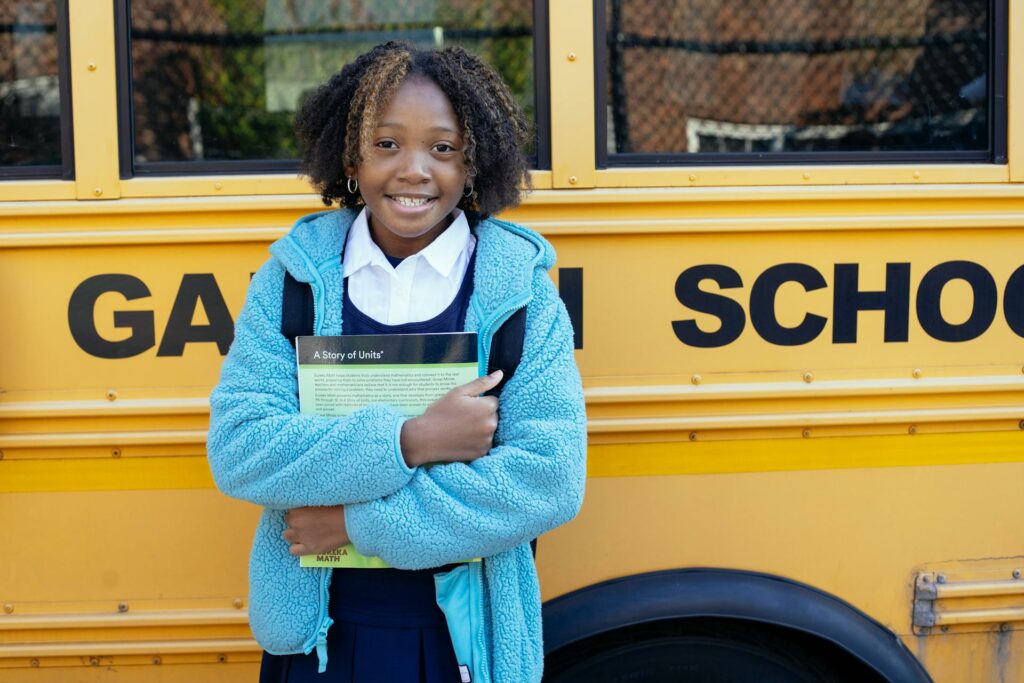President Trump proposed $50M in his first term for US EPA’s Healthy Schools programs that will help reduce the crisis in children’s health and learning. A new commitment is needed to protect our nation’s children from unhealthy school facilities.
Deteriorated, poor-quality indoor environments in schools adversely affect children’s health, thinking, learning, and behavior, in schools, early learning centers, and childcare. Communities enduring the most poverty often have the most children with asthma. They also have the schools in the worst condition. Rural-remote schools often have the added challenge of recruiting technical consultants to assess building issues. Working parents struggling to provide for their children do not need extra concerns about their children’s health at school; it is costly to take extra time off from work when children have asthma attacks at school.
No one wants more school closures, yet they sometimes happen. Schools are the largest form of public construction after highways. There are more schools than zip codes! But the increase in extreme weather events costing billions in emergency funding and the risk of colds and flu and infectious diseases are disruptive, if not devastating, to school schedules and operations.
There must be strong coordination across the agencies. While US EPA has congressional authorizations, voluntary guidance, and staff expertise on managing healthy school buildings and grounds, other agencies (CDC, Energy, Education) have launched new work with little coordination with EPA, which has some 30 years of successes in this field. Ignoring field-tested expertise is no way to solve problems. Federal funds should be used to maximize health benefits for children and school employees.





